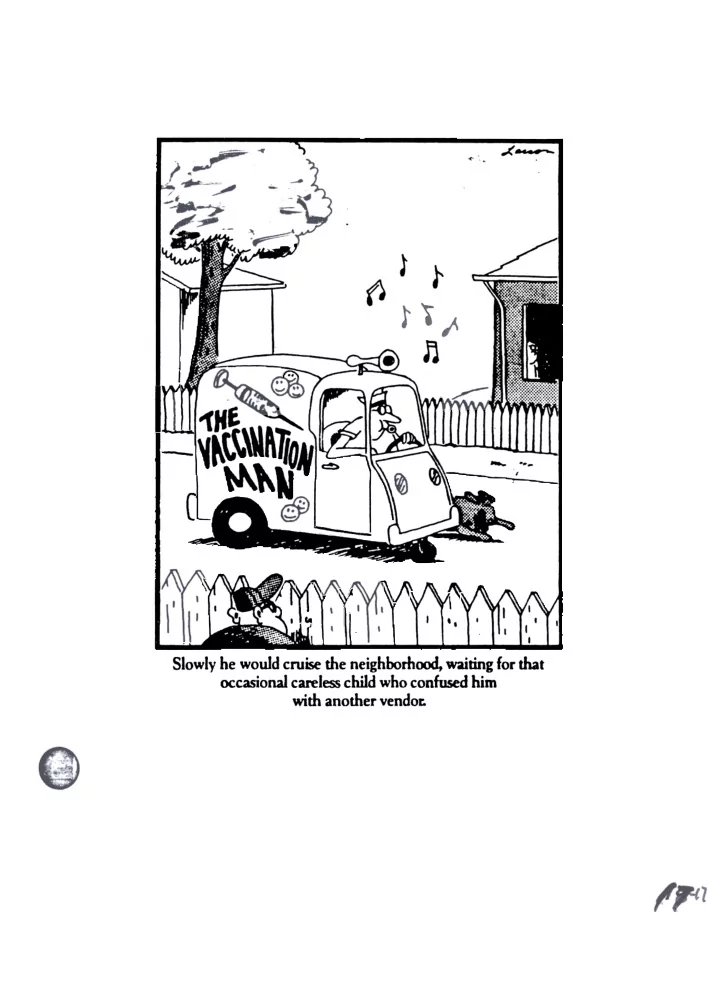

~-- L ~ t (} n ~?Jf IL -: I~ ~ -I -.. ..~ ~ ( ~ ft ~ 1 , . "., ~,; ~ I I Slowly he wouJd croR me neighborhood, waiting for that occasional careless child who confused him wim anomer vendor.
Before an invading microbe can be eliminated form the body by the immune system these steps must take place: 1 .A macro'phage is activated to phagocytize the offending particle and present antigen to T and B lymphocytes. 2. Activated T -cells synthesize and secrete . cytokine. 3. B- cells are activated bya T -cell cytokine and antigen from a pathogen. . 4. Activated B-cells may become either a plasma cell or a B-memory cell. 5. Plasma cells synthesize and secrete immunoglobin. 6. Immunologic memory is established when specific B-memory cells and T- cells form a specific clone dedicated to protecting the body against a specific antigen. 7. Acquired immunity is very effective but takes days or weeks to establish. The presence of a specific immunity clone reduces the time from pathogenic challenge to protection .
The structure of the receptor for T cells. Fig. 15.6 Proposed structure of the T cell receptor for antigen.
The Class I and II MHC for humans are surface receptors consisting of glycoproteins. Fig. 15.2 The human major histocompatibility complex.
Characteristics of the different subsets of T cells. Table 15.3 Characteristic of subsets of T cells.
The stages of B-cell activation and antibody synthesis. Run Animation: Antibody diversity Fig. 15.10 Events in B-cell activation and antibody synthesis.
An example of helper and cytotoxic T cell activation and differentiation. Fig. 15.16 Overall scheme of T-cell activation and differentiation into different types of T cells.
An example of a cytotoxic T cell destroying a cancer cell. Fig. 15.17 A cytotoxic T cell has mounted a successful attack on a tumor cell.
Recommend
More recommend